The Chehel Sotoun Palace, often referred to as the "Palace of Forty Columns," stands as one of Iran's most captivating historical landmarks. Nestled in the heart of Isfahan, this 17th-century structure is a masterpiece of Persian architecture, blending artistry, politics, and culture into a single breathtaking complex. Its name, though seemingly literal, carries a poetic deception—the twenty slender wooden columns reflected in the palace's grand pool create the illusion of forty, hence the name. This architectural sleight of hand is just one of the many wonders that make Chehel Sotoun a must-visit for anyone seeking to understand Iran's rich heritage.
The palace was commissioned by Shah Abbas II, a ruler of the Safavid dynasty, during a period when Isfahan served as the empire's capital. Designed as a pavilion for entertainment and royal receptions, Chehel Sotoun became a symbol of the Shah's power and sophistication. The Safavid era marked a golden age for Persian art and architecture, and this palace is no exception. Its walls are adorned with intricate frescoes and mirror work, while its ceilings boast elaborate paintings that depict historical battles, courtly scenes, and mythological tales. Each detail serves as a window into the opulence and grandeur of Safavid rule.
Walking through the palace's expansive gardens, visitors are immediately struck by the harmony between nature and architecture. The surrounding greenery, with its symmetrical layout and flowing water channels, reflects the Persian concept of paradise gardens—a theme recurrent in Islamic art and design. The central pool, long and rectangular, not only enhances the visual appeal of the columns but also serves a practical purpose, cooling the air during Isfahan's scorching summers. This seamless integration of aesthetics and functionality is a hallmark of Persian engineering.
Inside, the palace's reception hall, or Talār, is the crown jewel of the complex. Here, the Shah would host foreign dignitaries and high-ranking officials, impressing them with the empire's wealth and cultural refinement. The hall's murals are particularly noteworthy, showcasing scenes from key historical moments, including the Battle of Chaldiran and the reception of Mughal Emperor Humayun. These paintings are not merely decorative; they are narrative tools, preserving the legacy of the Safavid dynasty for future generations. The use of perspective and vibrant colors demonstrates the influence of European art, which began to seep into Persian traditions during this period.
One cannot discuss Chehel Sotoun without mentioning its exquisite mirror mosaics. Thousands of tiny glass pieces cover the walls and ceilings, creating a dazzling effect when sunlight filters through the windows. This technique, known as Āina-kāri, is a testament to the skill of Persian craftsmen, who transformed simple materials into works of transcendent beauty. The mirrors not only amplify light but also symbolize the divine, reflecting the Islamic belief in the spiritual and the eternal. It's a visual metaphor that invites contemplation, urging visitors to look beyond the surface.
Despite its grandeur, Chehel Sotoun has faced its share of challenges over the centuries. Wars, neglect, and natural disasters have all taken their toll on the structure. However, extensive restoration efforts in the 20th and 21st centuries have ensured that the palace remains a vibrant part of Iran's cultural landscape. Today, it functions as a museum, attracting historians, artists, and tourists from around the world. Its inclusion in UNESCO's World Heritage List further underscores its global significance.
What makes Chehel Sotoun truly remarkable is its ability to transcend time. It is not just a relic of the past but a living testament to Iran's enduring artistic and architectural prowess. Whether it's the whispering of the leaves in the garden, the play of light on the mirrored walls, or the silent stories told by the frescoes, the palace offers an immersive experience that lingers long after one leaves. In a world where modernity often overshadows history, Chehel Sotoun stands as a reminder of the beauty and depth that can be found in looking back.

By Grace Cox/Apr 28, 2025
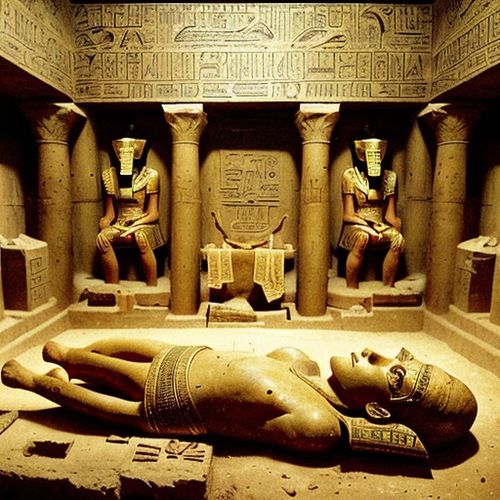
By Emma Thompson/Apr 28, 2025

By Christopher Harris/Apr 28, 2025
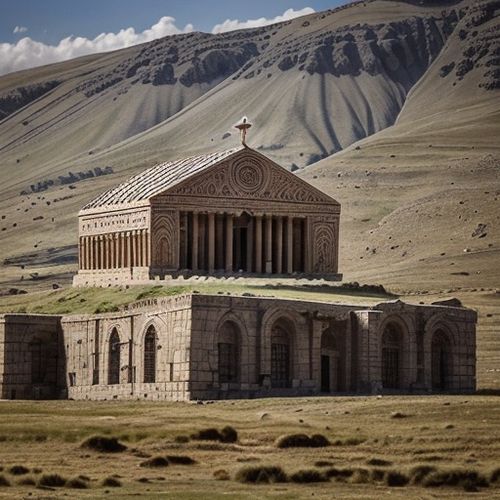
By Lily Simpson/Apr 28, 2025

By Olivia Reed/Apr 28, 2025

By Christopher Harris/Apr 28, 2025

By Amanda Phillips/Apr 28, 2025

By Daniel Scott/Apr 28, 2025

By Jessica Lee/Apr 28, 2025

By James Moore/Apr 28, 2025
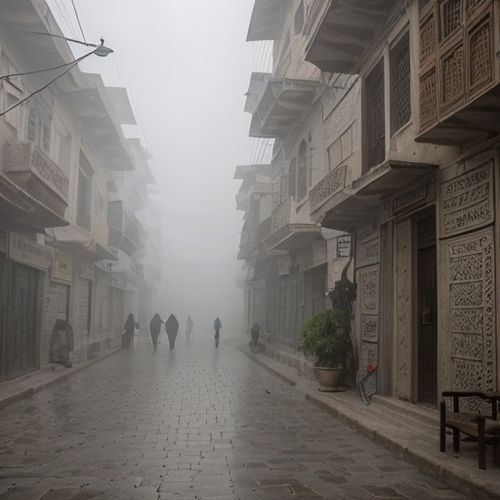
By Grace Cox/Apr 28, 2025

By Emily Johnson/Apr 28, 2025
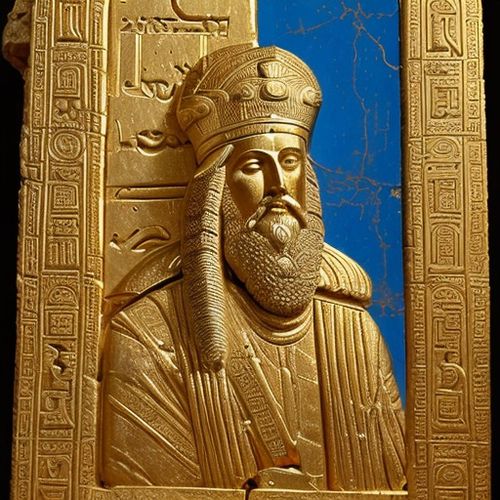
By Thomas Roberts/Apr 28, 2025
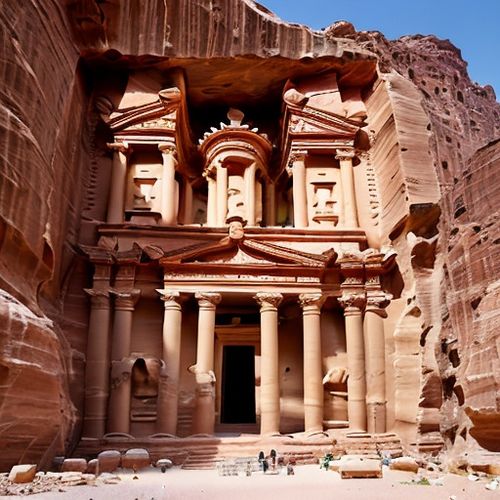
By Amanda Phillips/Apr 28, 2025

By Daniel Scott/Apr 28, 2025
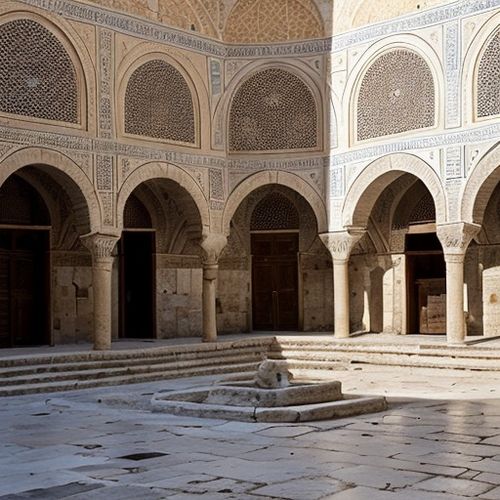
By William Miller/Apr 28, 2025
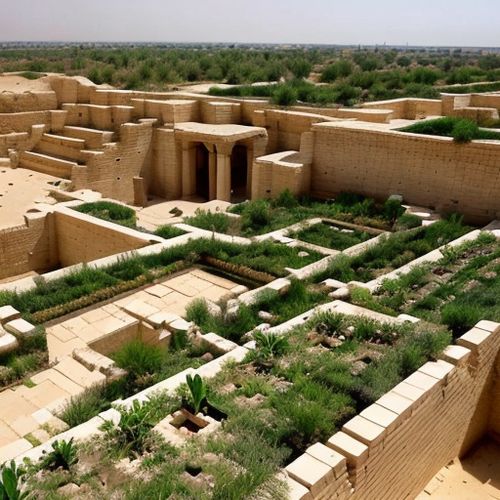
By Joshua Howard/Apr 28, 2025

By Amanda Phillips/Apr 28, 2025
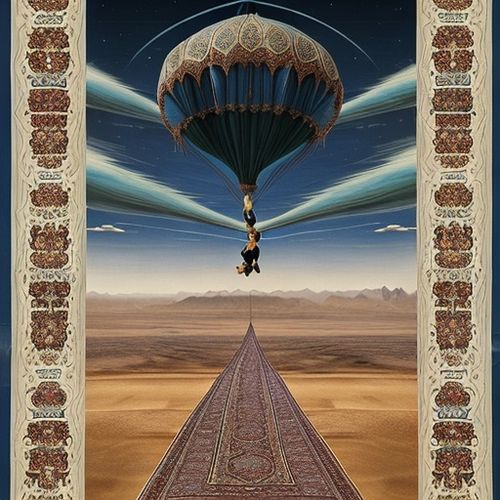
By Natalie Campbell/Apr 28, 2025
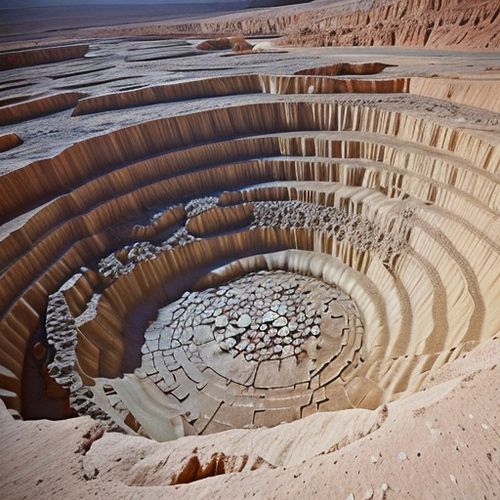
By Natalie Campbell/Apr 28, 2025